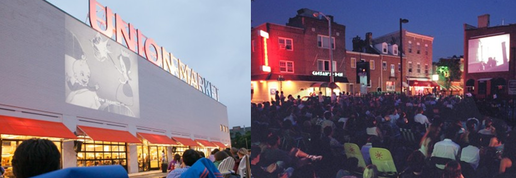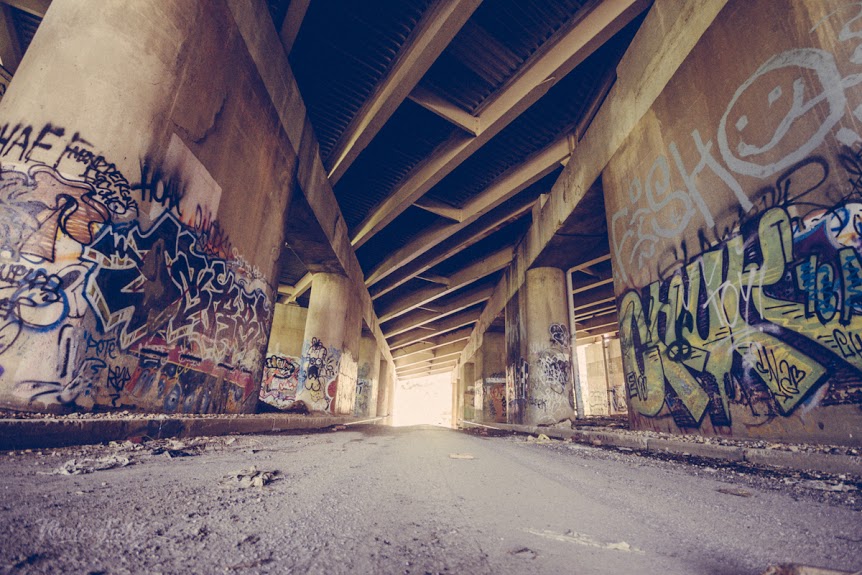Humans are creatures of place -- as much as we might travel, we can only be in one place at a time, and the quality, look, and feel of a place really matters! City planners, developers, health professionals, employers, and economists are finding that it's not just our own property that matters to us; public places make a difference in how we feel about living, working, and playing in a city. The term "placemaking" captures the dynamic sense of active involvement in creating the kinds of places where we love to be.
Whether we think about it or not, all of us are placemakers. In 2006, when the Project for Public Places asked people what they thought about placemaking, they got hundreds responses from all over the world. IN 2010, the National Endowment for the Arts (NEA), the US Conference of Mayors (USCM), and the American Architectural Association (AIA) launched a creative placemaking initiative as a key strategy for revitalizing American cities.
In the US Capital Cities Metroplex, stretching through Baltimore and Washington DC from Belair to Fredericksburg and Hagerstown to Annapolis and the Eastern Shore, over 10 million people are placemaking in hundreds of neighborhoods in the fourth largest metro area in the US. In the two anchor cities, Baltimore and The District, placemaking is an active part of the urban livability agenda.
Whether we think about it or not, all of us are placemakers. In 2006, when the Project for Public Places asked people what they thought about placemaking, they got hundreds responses from all over the world. IN 2010, the National Endowment for the Arts (NEA), the US Conference of Mayors (USCM), and the American Architectural Association (AIA) launched a creative placemaking initiative as a key strategy for revitalizing American cities.
In the US Capital Cities Metroplex, stretching through Baltimore and Washington DC from Belair to Fredericksburg and Hagerstown to Annapolis and the Eastern Shore, over 10 million people are placemaking in hundreds of neighborhoods in the fourth largest metro area in the US. In the two anchor cities, Baltimore and The District, placemaking is an active part of the urban livability agenda.
BaltimoreBaltimore's Inner Harbor is a model of placemaking based on natural assets. Led by the Downtown Partnership, Baltimore is launching a plan to create a network of public places linking 125 blocks of Downtown Baltimore. BMORE media features creative placemaking initiatives all over Baltimore. | the DistrictDC is placemaking at an astonishing pace, with few neighborhoods untouched by the transformation of public spaces. Union Kitchen is just one example of how placemaking works to revitalize local economies as well. CrowdsourceDC features DC triple-bottom-line placemaking initiatives. |
Where are your favorite Capital Cities Metroplex neighborhoods? What placemaking initiatives are you involved in? What kind of placemaking initiatives would you like to see in your favorite neighborhoods?


 RSS Feed
RSS Feed
